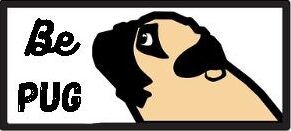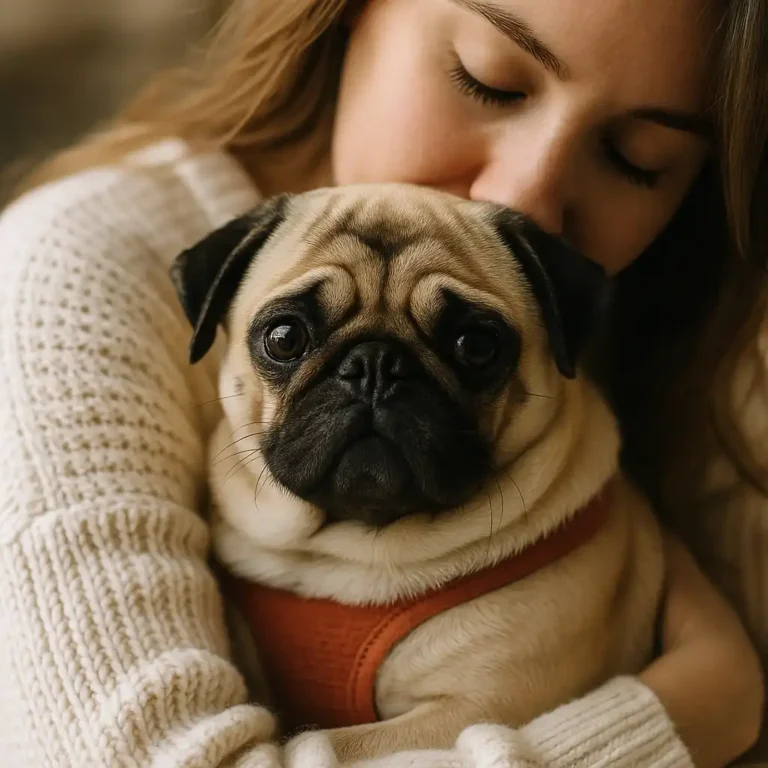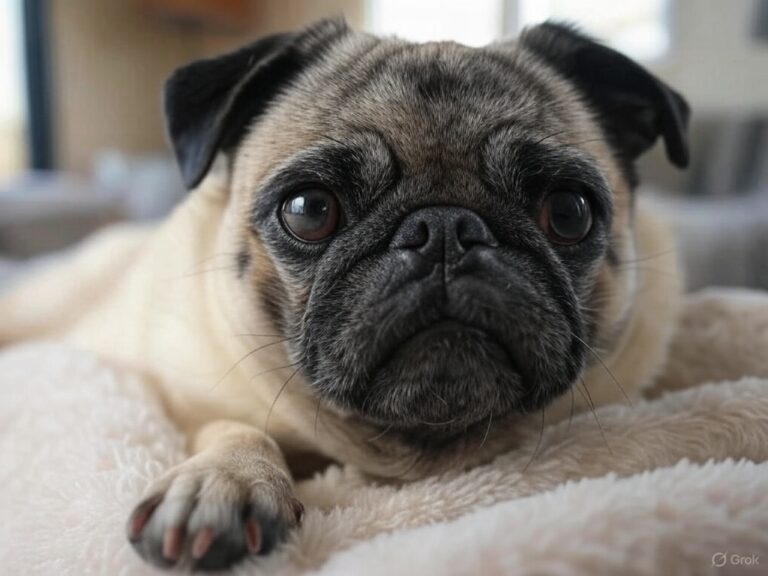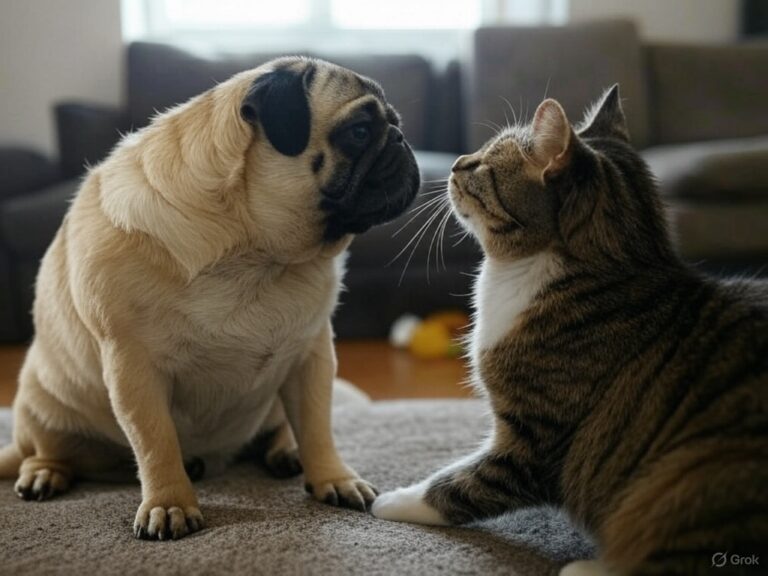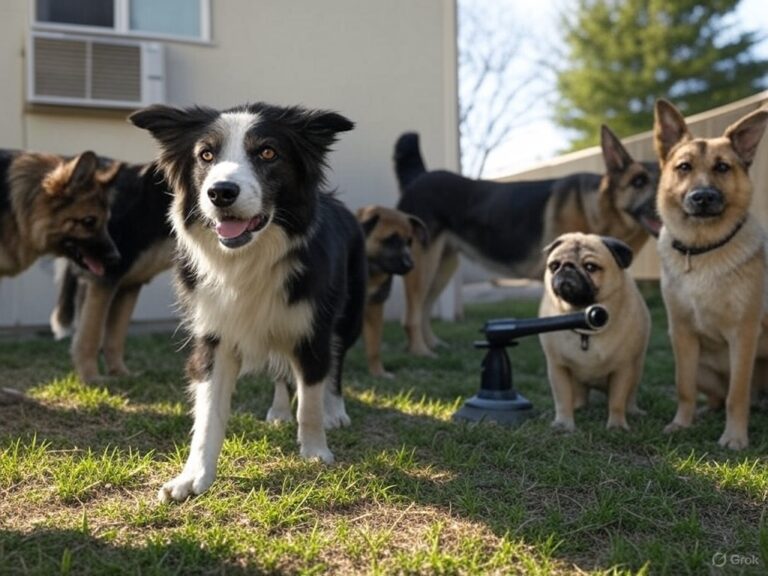Are Pugs Easy to Train? What Owners Should Know

Pugs are charming little dogs known for their big personalities and affectionate nature. But when it comes to training, many new owners wonder if pugs are easy to train. While pugs are intelligent and eager to please, they can also be stubborn, making training a unique experience. Understanding their temperament and applying the right techniques can make all the difference.
Understanding the Pug Personality
Before diving into training methods, it’s important to understand what makes pugs tick.
Eager to Please
Pugs thrive on human attention and love, which makes their owners happy. This desire to please can be a huge advantage when teaching commands and establishing routines.
Stubborn Streak
Despite their affectionate nature, pugs are also known for being headstrong. They can quickly lose interest if training feels repetitive or boring.
Food Motivation
Pugs love food — and this can be both a blessing and a challenge. While treats make a fantastic motivator during training, pugs are prone to overeating, so portion control is key.
Are Pugs Easy to Train?
The answer is yes and no. Pugs can learn quickly with consistent, positive reinforcement, but their stubbornness requires patience and creativity.
What Pugs Excel At
- Basic Commands: Sit, stay, and come are often easy for pugs to master with proper encouragement.
- Tricks and Fun Behaviors: Pugs love entertaining, making them excellent candidates for learning playful tricks.
- Socialization: Their friendly nature makes pugs naturally inclined to get along with people and other dogs.
Common Training Challenges
- House Training: Pugs can be slow to grasp potty training routines, so consistency and patience are essential.
- Distraction Issues: Pugs are easily distracted, so training in a quiet environment works best.
- Separation Anxiety: Pugs form strong bonds with their owners and may struggle when left alone. Crate training and gradual alone-time practice can help.
Best Training Tips for Pugs
Start Early
Begin training as soon as you bring your pug home. Establishing good habits early helps prevent unwanted behaviors.
Use Positive Reinforcement
Pugs respond best to rewards like treats, praise, or playtime. Reward desired behaviors immediately to help your pug connect the action with the reward.
Keep Sessions Short
Pugs can lose focus quickly, so aim for 5-10 minute training sessions. Frequent, short lessons are more effective than long, drawn-out ones.
Be Consistent
Use clear commands and consistent routines. Pugs thrive on structure, so repeating the same words and actions will help reinforce expectations.
Socialize Your Pug
Expose your pug to various people, places, and sounds from a young age. This will build confidence and reduce anxiety in new situations.
Be Patient
Pugs can be slow to learn certain skills, especially house training. Stay calm and persistent — their stubborn streak will fade with time and consistency.
Conclusion
So, are pugs easy to train? With the right approach, patience, and plenty of positive reinforcement, training a pug can be both manageable and rewarding. While their stubbornness may add some challenges, their affectionate and playful nature makes the effort worthwhile. Whether you’re teaching basic commands or fun tricks, consistency and love will bring out the best in your pug.
Related Articles You Might Find Helpful
For more insights on caring for your pug, explore these helpful posts:
